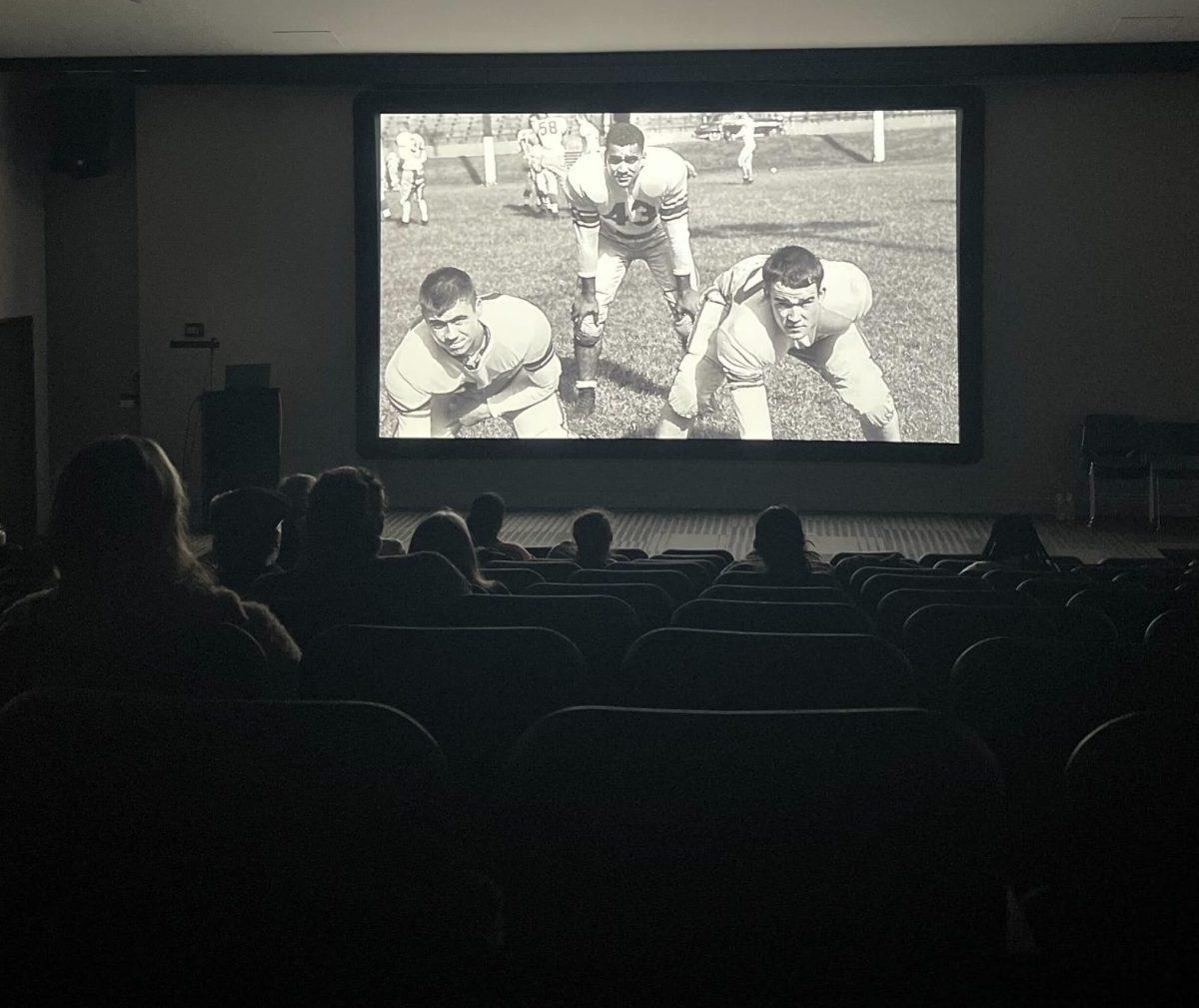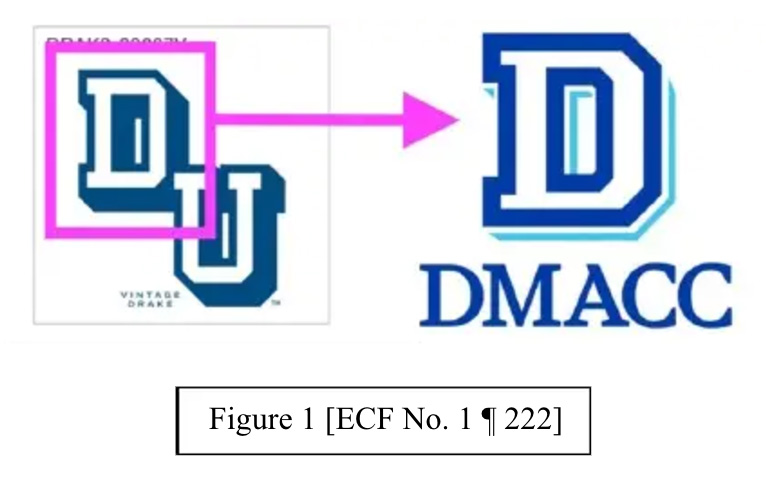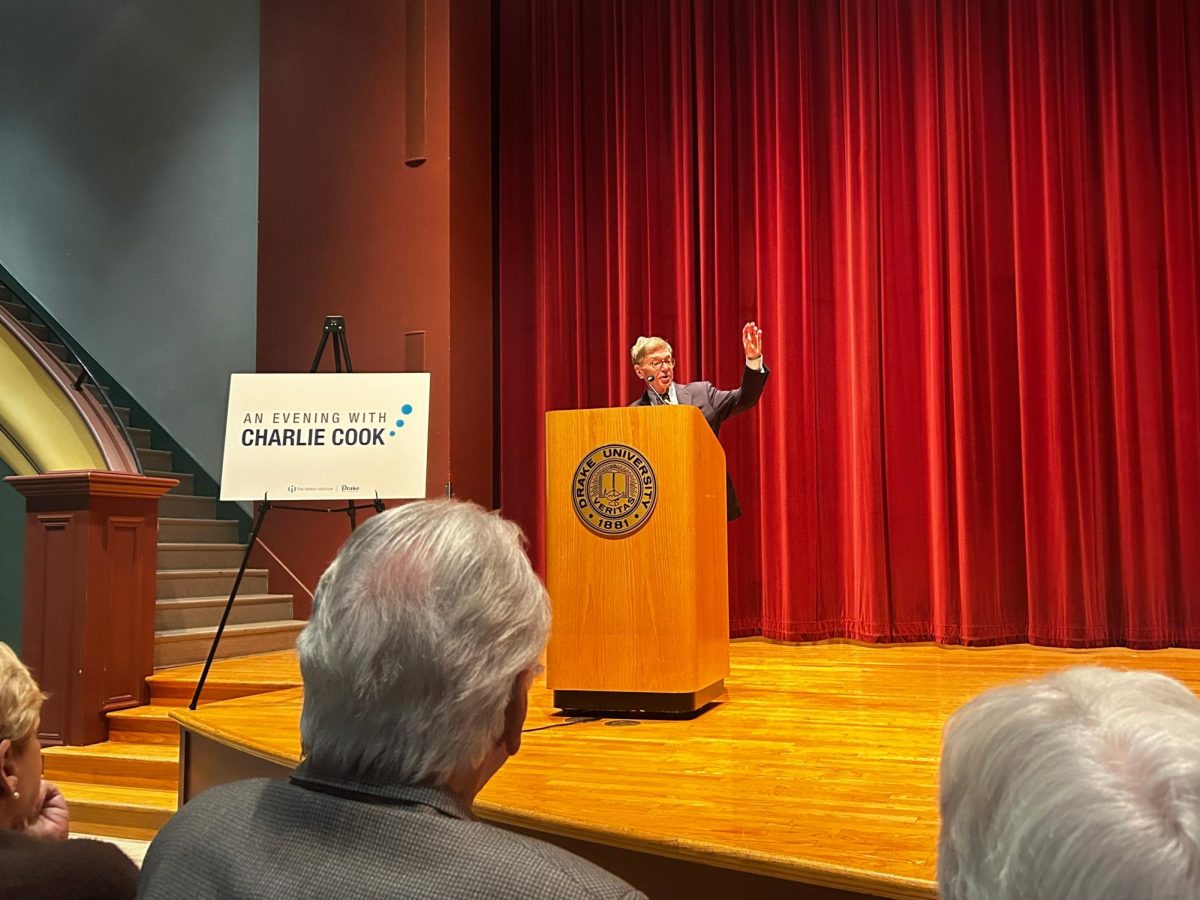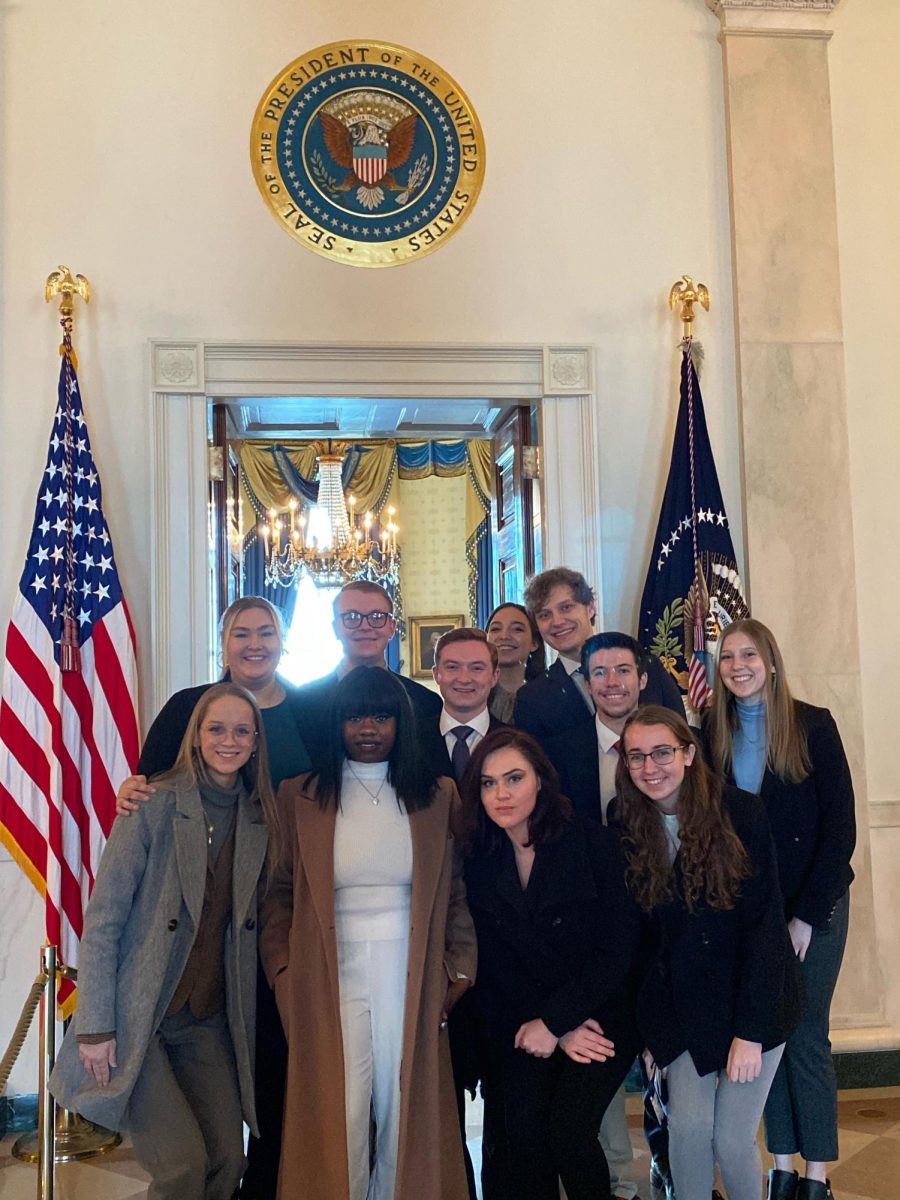The recently released documentary titled “The Bright Path: The Johnny Bright Story” was screened in Sussman Theater and accompanied by a discussion panel this past Thursday, Dec. 1.
The event started at 5 p.m. and lasted roughly two hours, pulling in a combination of students, faculty and friends to create an audience of roughly 35 people.
The documentary, introduced by Drake University senior and Study Body President Connor Oetzmann, told the story of Drake alumnus and generational athletic talent John Dee Bright.
With a runtime of just under an hour, the documentary dove into Johnny Bright’s impact on the Drake campus, Des Moines community and the future of college football.
The focal point of the story came in October of 1951 when the Drake men’s football team faced off against the all-white Oklahoma A&M College football team (now Oklahoma State University). Bright, widely regarded as one of the most dominant players in college football and a Heisman Trophy favorite at the time, was assaulted by Oklahoma player Wilbanks Smith.
The assault was racially motivated, and two photographers who attended the game due to rumblings of a possible target being put on Bright’s back managed to capture the incident clearly. It led to national outrage, and Drake eventually left the Missouri Valley Conference due to a lack of punishment given by the MVC.
Bright’s injuries resulted in an extended absence from football. Despite this, he was drafted 5th overall by the Philadelphia Eagles in the 1952 NFL draft. Due to his concerns with being the first black player in the league, Bright decided to take his talents to the Canadian Football League. Bright would end his career as an all-time great within the CFL, and despite being approached by the NFL multiple times following his initial decline to play, he chose to stay in Canada.
During his time in Canada, Bright flourished in his teaching career, becoming a well-respected principal.
The documentary served as both an honorary tribute to the sacrifices Johnny Bright made and as a needed reminder of the ongoing racial discrimination that, if left unchecked, can lead to unsafe environments for those discriminated against.
Following the presentation of the documentary, a discussion panel moved onto the stage at Sussman Theater. The panel was made up of the Dean of the John Dee Bright College, Craig Owens, former Iowa State representative and Drake alumnus Wayne Ford, a second-year John Dee Bright College student and three-time Drake alumna Erin Lain.
Ford opened the panel discussion by explaining his connection to Bright, touching on the image Drake University had due to Bright’s past.
“When I was recruited at Drake, I did research because I didn’t know anything about Drake. It was called the Harvard of the midwest, from an intellectual standpoint,” Ford said. “But I chose Drake University, not because of all of that, but because I read about the story about Johnny Bright.”
In explaining how Bright’s legacy is being put to work at John Dee Bright College, Owens said the school aims to send off every graduate with the same attributes that led Bright to his success.
“And those attributes, and aptitudes, align almost perfectly with the kind of example that Johnny Bright showed,” Owens said.
Later on in the panel discussion, Ford took a moment to call for action, citing a moment from the documentary in which a white student of Bright’s came to tears when discussing Bright’s death.
“I see a lot of black folks crying for white folks all the time,” Ford said. “I wanna see more white people crying about a black that changed their life.”
The event brought awareness to a key point in Drake’s history of inclusiveness and diversity, one that has and will continue to define what Drake University stands for when it comes to diversity in sports.








Duane Deby • Dec 22, 2022 at 5:46 am
I am that white student to whom Mr. Ford was referring. It’s funny, and maybe it’s a Canadian thing, but I never really thought of Mr. Bright as a “Black ” man. I mean, obviously he was, but I just thought of him as a “Great ” man.
Far beyond all the lives Mr. Bright touched during his years in the U.S., were the thousands he touched, and changed, during his years in Canada. He was truly a great man, and an example to be held up and aspired to, regardless if you are Black, white, or anything else.